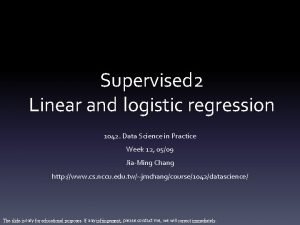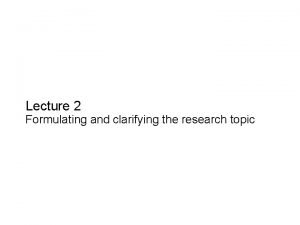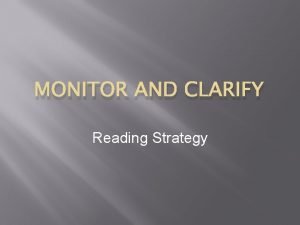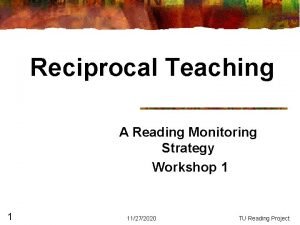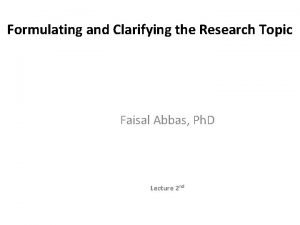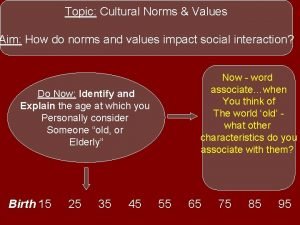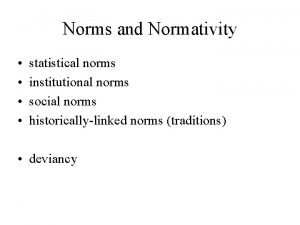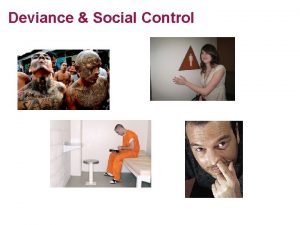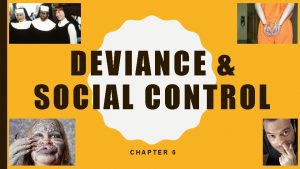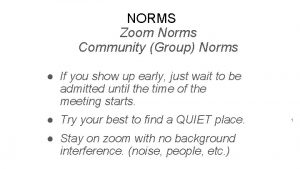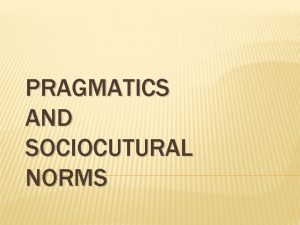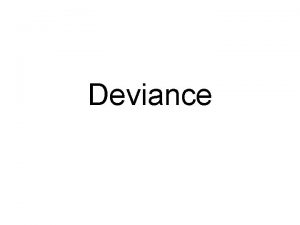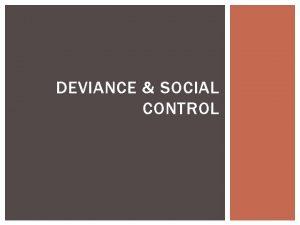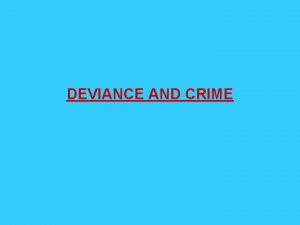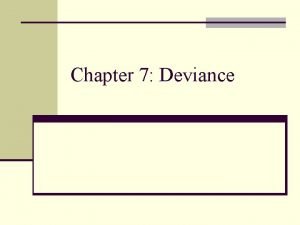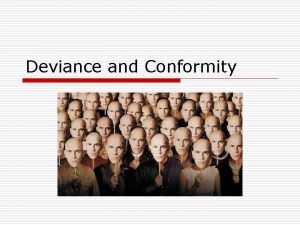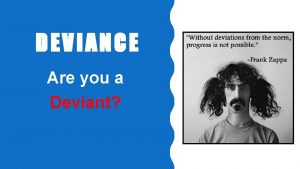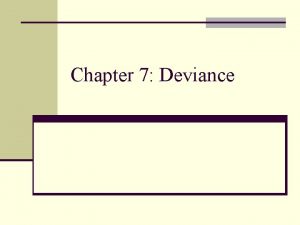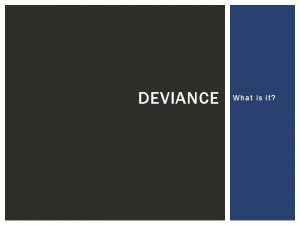The Social Functions of Deviance Clarifying Norms deviance














- Slides: 14

The Social Functions of Deviance

Clarifying Norms • deviance shows members of society exactly what is acceptable behavior • when norm violators are caught, others are warned not to do that behavior

Unifying the Group • deviance draws a line between “us” and “them” • reinforces a sense of community and shared values among “us”

Diffusing Tension • people sometimes are unhappy and need to be deviant in order to “let out some steam” • as long as deviance doesn’t destroy the social order, it allows people to release some tension

Promoting Social Change • deviance can help identify “problem areas” in society • if enough people are deviant, it might be an indication that something in society needs changing

Providing Jobs • deviance provides legitimate jobs for a number of people • i. e. : police, judges, lawyers, prison workers, parole officers, criminologists, etc. – without deviance – they all have NO JOB!

Merton and Deviance • Sociologist Robert K. Merton suggest that individuals respond to the culturally approved goals and legitimate means of achieving goals in 5 ways. – The Goal – Means Gap – The Goal – “The American Dream” – Walsh Theory – Culturally approved goal is • The Home with Stuff

Conformity • accept culturally approved goals and means to reaching these goals.

Innovation: – accept cultural goals, but do not accept the approved means to reaching these goals, devise new means for achieving goals and then violate accepted norms (become deviants)

Ritualism: – Find it impossible to achieve cultural goals by acceptable means, they abandon the goals while continuing expected rules of behavior. • Ex: people participate in a political system by voting despite the fact that they believe that the system is broken and cannot actually achieve its goals.

Retreatism: – Reject both cultural goals and acceptable means of attaining them, may drop out of society

Rebellion: • Want to substitute a new set of goals and means for the approved set

B. Replaces the c. a. goals. Creates new means of attaining the goals. A. Seeks the c. a. goals. Creates new means of attaining the goals. C. Ignores the c. a. goals. Follows the c. a. means of attaining the goals. D. Ignores the c. a. goals. Avoids c. a. means of attaining the goals. E. Seeks the c. a. goals. Follows the c. a. means of attaining the goals.

Write Now • Into your notes on deviance answer the following question: • What is your version of the “American Dream? ” – How do you describe it? – Specifically, how do YOU plan on achieving it?
 Logistic regression residual deviance
Logistic regression residual deviance Clarifying roles and responsibilities
Clarifying roles and responsibilities Spellers clarifying phrase
Spellers clarifying phrase Purposeful listening definition
Purposeful listening definition Research topics and objectives
Research topics and objectives Secondary research question
Secondary research question Formulating and clarifying the research topic
Formulating and clarifying the research topic Formulating and clarifying the research topic
Formulating and clarifying the research topic Monitor reading strategy
Monitor reading strategy Formulating and clarifying the research topic
Formulating and clarifying the research topic Example of clarifying for comprehension
Example of clarifying for comprehension Directional and non directional hypothesis
Directional and non directional hypothesis Formulating and clarifying the research topic
Formulating and clarifying the research topic Functions and dysfunctions of deviance
Functions and dysfunctions of deviance Values and norms examples
Values and norms examples
